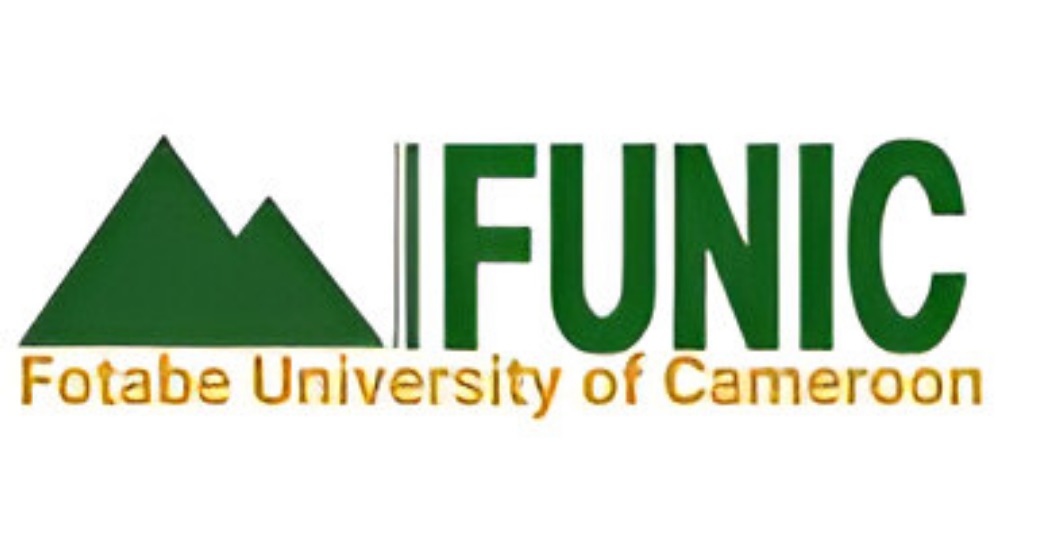Effect of Government Capital Expenditure on Tourism Sector Growth in Kenya
Keywords:
Capital Budgetary Allocation, Government Capital Expenditure, Tourism Sector GrowthAbstract
Tourism is a vital sector of Kenya’s economy by contributing to employment, alleviation of poverty, Gross Domestic Product (GDP), foreign exchange earnings, and balance of payments surplus. Tourism is a productive economic activity that needs a stable macroeconomic environment in terms of budgetary resource allocation for sustainable and continued growth. Thus, this study sought to establish the effect of government capital expenditure on tourism sector growth in Kenya. The study adopted a causal research design using quarterly time series data from 2012 to 2021. The findings revealed that government capital expenditure (t=3.4746, p<0.05), government recurrent expenditure (t=6.1303, p<0.05), and taxation (t=2.8608, p<0.05) had positive significant effects on tourism sector growth in Kenya. The study recommends an increase in capital budgetary allocation for continued growth of the sector which is the main source of foreign revenue in Kenya.
Published
How to Cite
Issue
Section
Copyright (c) 2023 Collins Wekesa Wanjala, Consolata Ngala, Muli Maingi

This work is licensed under a Creative Commons Attribution-NonCommercial 4.0 International License.
Most read articles by the same author(s)
- Jamgun Jensen Iravonga, Consolata Ngala, Benedict Ondiek Alala, Muli Maingi, Effect of Integrated Financial Management Information Revenue Systems on Financial Management in County Governments, Kenya , African Journal of Empirical Research: Vol. 4 No. 2 (2023): Jul-Dec 2023
- Aggrey Kadima, Mary Nelima Sindani, Muli Maingi, Credit Risk Management on Financial Performance of Selected Microfinance Institutions , African Journal of Empirical Research: Vol. 4 No. 2 (2023): Jul-Dec 2023
- Jacob Wafula, Muli Maingi, Dennis Bulla, Effect of Credit Monitoring Practices on Loan Nonperformance among Microfinance Institutions in Nairobi County, Kenya , African Journal of Empirical Research: Vol. 4 No. 2 (2023): Jul-Dec 2023
- Peruce Hoka Etenyi, Mary Nelima, Muli Maingi, Effect of Credit Risk Management Techniques on Financial Performance of Deposit Taking SACCOs in Kenya , African Journal of Empirical Research: Vol. 5 No. 4 (2024): Oct-Dec 2024
- Jamgun Jensen Iravonga, Prof. Benedict Ondiek Alala, Muli Maingi, Consolata Ngala, Effect of Integrated Financial Management Information Reporting System on Financial Management in County Governments, Kenya , African Journal of Empirical Research: Vol. 4 No. 2 (2023): Jul-Dec 2023
- Sophie Shitemi, Muli Maingi, Robert Egessa, Effects of Exchange Rate on Performance of Equity Funds in Kenya , African Journal of Empirical Research: Vol. 4 No. 2 (2023): Jul-Dec 2023
- Makatiani Terence, Dr. Consolata Ngala, Dr. Angela Mungai, Impact of Tax Incentives on Foreign Direct Investment Inflow in Kenya , African Journal of Empirical Research: Vol. 5 No. 4 (2024): Oct-Dec 2024
- Aberton Okoth Mukhwaya, Consolata Ngala, Angela Mungai, Effect of Cashless Reform on Revenue Collection Performance in Kakamega County , African Journal of Empirical Research: Vol. 4 No. 2 (2023): Jul-Dec 2023
- Daisy Mukoya, Consolata Ngala, Jairus Simiyu, Moderating Effect of Entrepreneurship Determinants on the Relationship between Economic Diversification and Sustainable Livelihoods among Fish Farmers in Kakamega County , African Journal of Empirical Research: Vol. 5 No. 2 (2024): Apr-Jun 2024
- Naomi Jelagat Kosgei, Ondiek Benedict Alala, Muli Maingi, Effect of Lending Innovation on the Financial Performance of Listed Commercial Banks in Kenya , African Journal of Empirical Research: Vol. 5 No. 4 (2024): Oct-Dec 2024





















